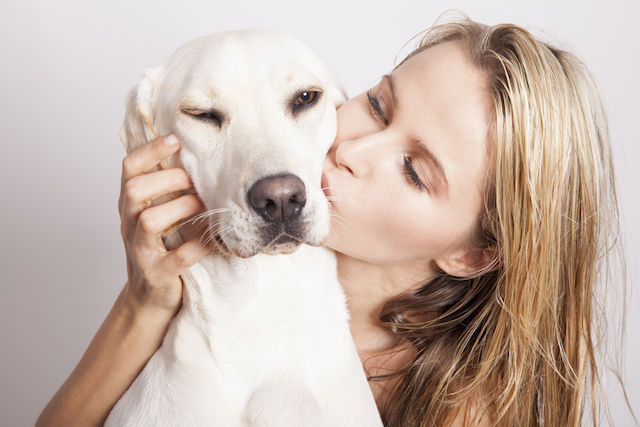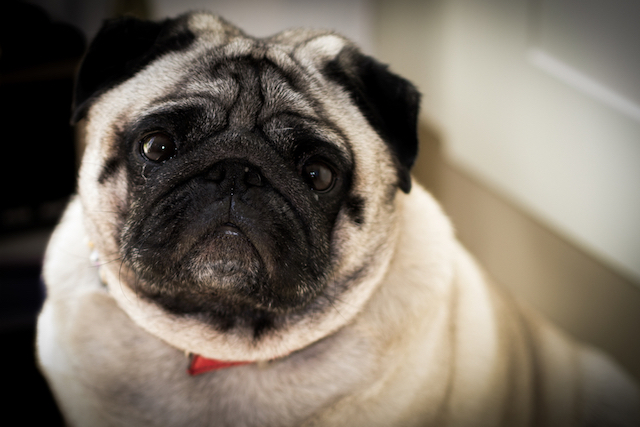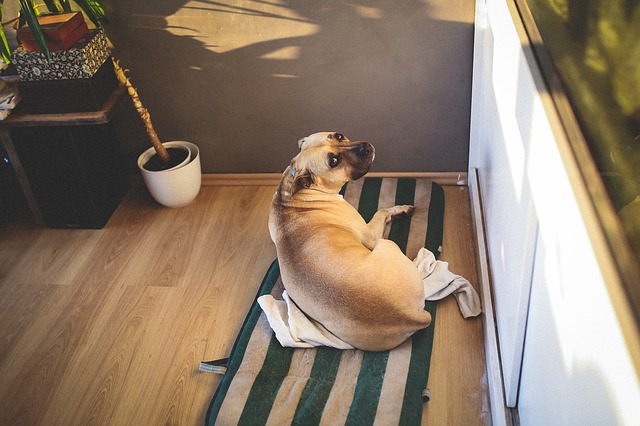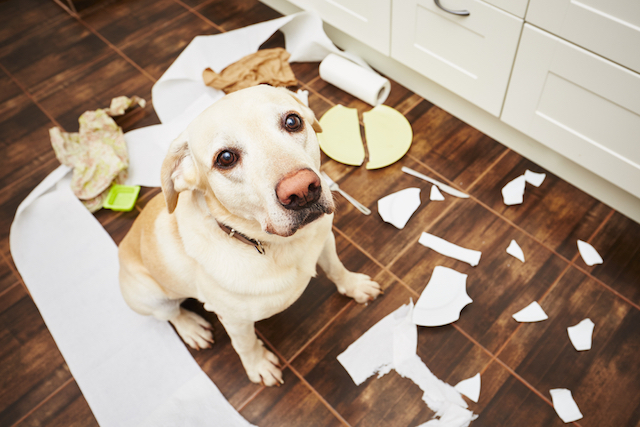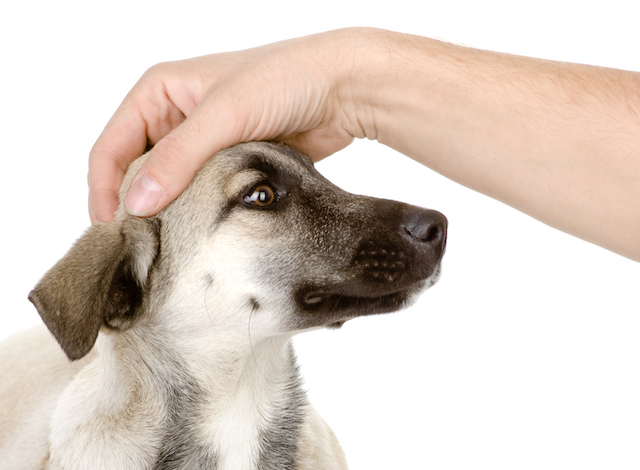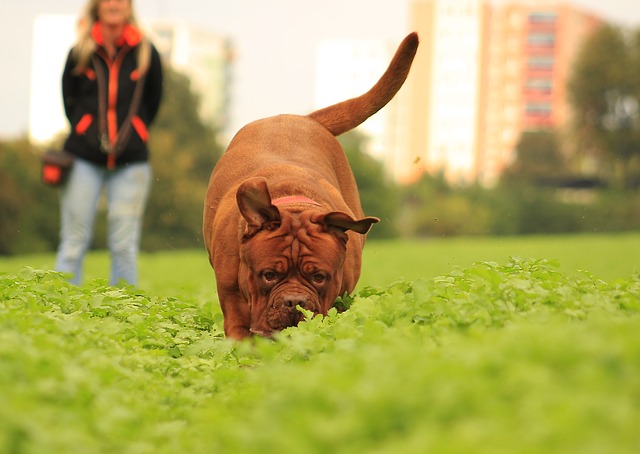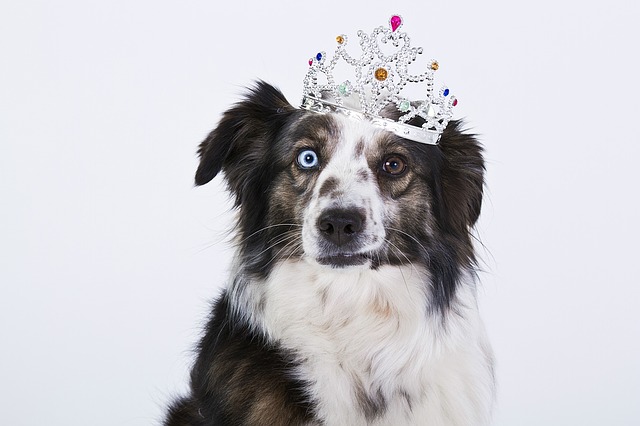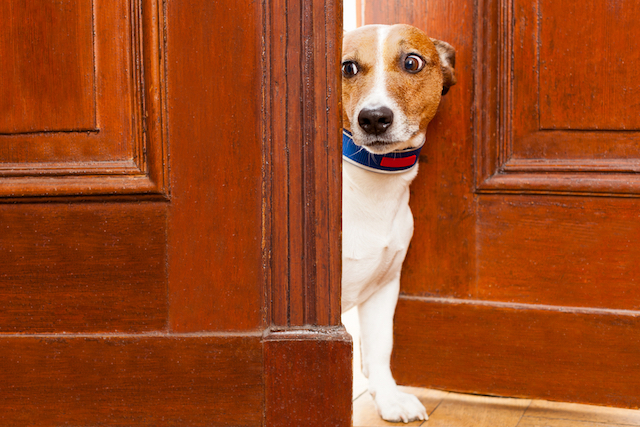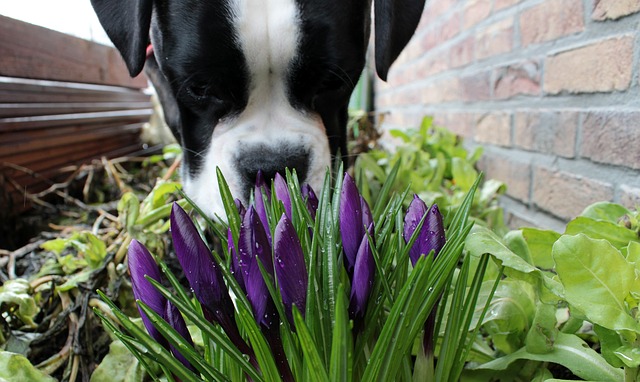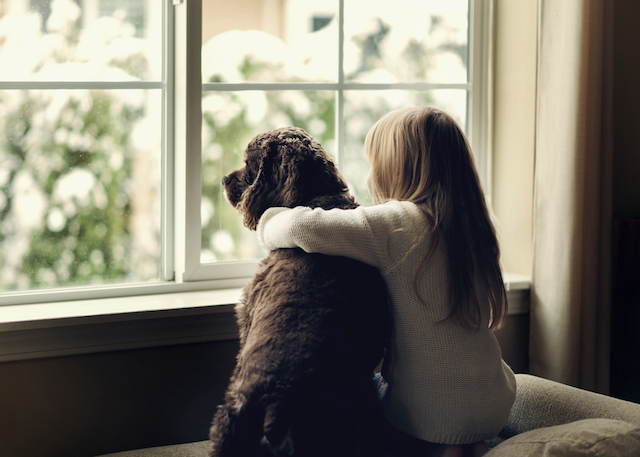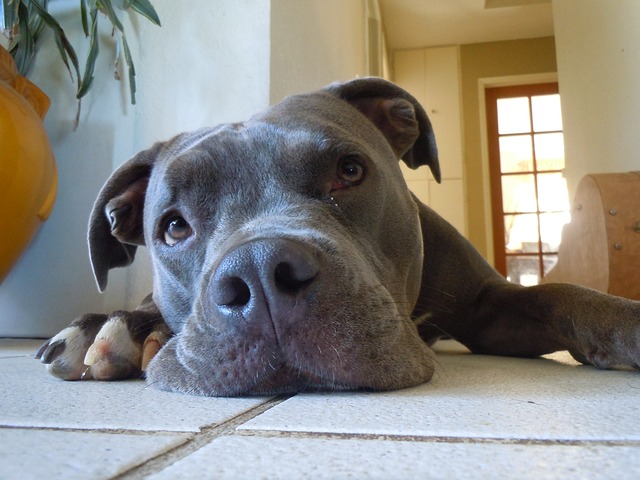We love our pups so much that it hurts to think we could be doing something that our dogs dislike. Or that makes them uncomfortable, sad, or scared. They love us so much in return that sometimes, they don’t make it obvious when we’re doing something they hate.
Since they can’t tell us, we’ve compiled a list of 17 things that humans do that dogs don’t actually like. But lucky for us, our favorite fuzzballs always find a way to forgive us–because that’s just who they are.
1. Hugging (If They Feel Restrained)
This is not to say that all dogs dislike hugs. Some affectionate dogs will happily bask in any love that comes their way. For others, wrapping them in your arms may be interpreted as a sign of dominance, or make them feel trapped. Some will tolerate hugs from those they love and trust, but it doesn’t mean they like it. In the end, it really depends on their personality.
Observe his body language. Pinned ears, stiff posture, and a tense expression mean the dog is not enjoying the embrace. It is also VERY important to teach children not to run up and hug dogs that they don’t know. This lesson could prevent serious injuries!
Bottom line: you know your dog best. If he gets nervous when he feels trapped or is wary about getting hugs from strangers, make sure visitors know!
2. Dogs Dislike Commands With Too Many Words
We all chat with our dogs – and that’s okay! But we form such close bonds with our dogs, sometimes it’s easy to forget that they don’t understand most of what we’re saying! They’re smart creatures, but it’s easy to see why dogs dislike complex commands. For instance, trying to reason with them (“I’ll give you a treat if you’re good!”) is a futile effort. They may pick up on the words “treat” and “good,” then wonder why you haven’t tossed a snack their way!
To eliminate confusion, keep it simple and in the present when giving commands or directives. Use key words he knows (good, treat, walk, play, etc.), tone, and body language, and you’ll have a better chance at getting the message across.
3. Conflicting Body Language
Brief, consistent commands help dogs understand, but dogs might get frustrated if you’re using words more than actions. Dogs can understand human words to an extent, but hand gestures and body language are much easier to read. So, instead of standing still when giving a command, use hand signals that correspond with the command to make training easier.
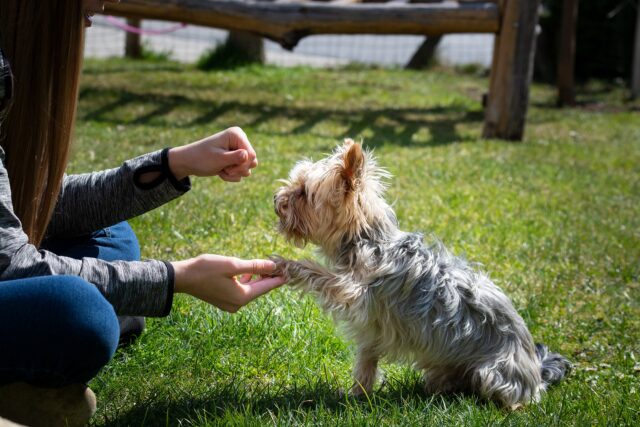
4. Please, No Yelling
Yes, dogs need limits–but you’ll be more successful by encouraging good behaviors rather than scolding them when they’re bad. We all know dogs dislike loud noises of any kind – vacuum cleaners, thunder, motorcycles. Yelling will make them anxious or scared, or maybe even completely desensitized to it. Most of the time, they won’t even know what you’re saying.
An example of positive reinforcement: when your dog steals your socks, rather than scolding her, instruct her to drop it, then reward her once she does. (Your patience will earn you a better-behaved pup in the long run!)
5. When Their Lives Are Lacking Structure
As mentioned above, your dog needs limits. This structure is comforting to them, as animals thrive in a routine, like eating meals, going to the bathroom, and going on walks around the same time each day. You might crave a little spontaneity in your day, and your dog may enjoy the occasional surprise trip to the park, but most dogs dislike not knowing when to expect meals, or when they’ll get to go outside again.
To that, regular exercise is imperative to prevent dogs from acting out. How would you feel if you were housebound all day?
6. Dogs Dislike Us Touching Their Faces
Again, you know best how to tell what your dogs dislike! Some dogs love their faces being gently stroked by their loved ones. On the other hand, some dogs will tolerate fingers near their faces but don’t enjoy it, especially if the petting is too rough or unpredictable. If you’re about to pet a dog you just met, zones that tend to be safest are the neck, shoulders, or chest – at least until you get to know them a little better!
7. Touching Their Feet
Your dog’s face isn’t the only area you should avoid petting. Dogs have sensitive feet and nails, which is why they might be hesitant to get their nails trimmed. Regular nail trimmings can help them feel more relaxed during grooming sessions, but you should avoid holding their paws or touching their nails for fun.

8. Unwelcome Eye Contact
We dog owners know we can gaze into the eyes of our pooches–in fact, it can be a sign of love. When a dog doesn’t know you it can be interpreted as a challenge or threat. Avoid eye contact with dogs you don’t know!
9. Not Letting Them Sniff Their Surroundings
Scents are a dog’s main source for gathering information about the world. For them, a nice walk with lots of sniffing (and marking) is their version of hopping onto social media and checking out what’s going on with the neighborhood pups. When you drag them away, consider it like someone shutting off your computer as you were browsing your newsfeed. Try to be a little more sensitive to your dog’s sniffing obsession next time you’re on a walk.
10. Keeping the Leash Tight
We probably all tighten our dogs’ leashes at times. If you see a dog, person, or squirrel passing by, you may tighten the lead to keep your dog out of trouble. Yet, dogs can recognize tension even through a leash. A tight leash lets a dog know that you’re feeling nervous or tense, which may make them anxious as a result. Thus, working on loose leash walking is a great way to make walks more relaxing for both of you.
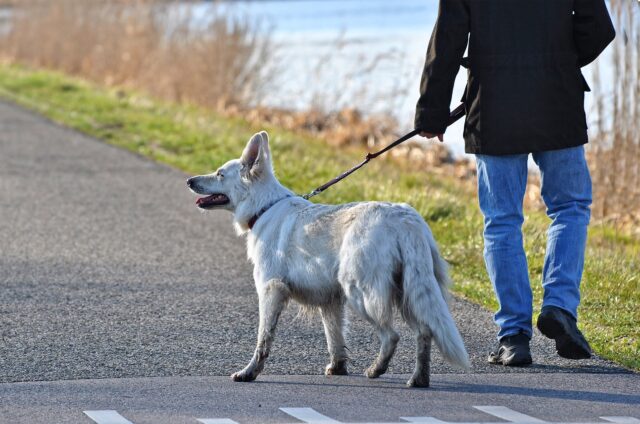
11. Dressing Them Up In Costumes
This is another one that many dogs tolerate more than enjoy. (But again, there are always exceptions.) When the weather gets chilly, try getting them used to light sweaters and jackets to keep them warm.
Observing humans tend to ogle and laugh at canines in costumes. A few may love the attention, but many dogs dislike it, and may feel confused (and ultimately, anxious) at these reactions. At the end of the day, silly costumes make (most) dogs uncomfortable in one way or another.
12. Forcing Them Into Scary Situations
Whether they’re afraid of the vacuum, a particular person, or a place (like the vet!), forcing your dog to “face her fear” is not effective, and can even be counterproductive.
The best approach is to gradually expose the pup to the stimuli at a distance where she’s comfortable, rewarding her for remaining calm, and coming closer as she gets used to the “trigger.” (Here are some great tips about getting fearful or anxious dogs to calmly ride in the car, but they can be applied to different stimuli.)
13. Dogs Dislike Strong Smells
The dog nose knows! As they’re between 10,000 – 100,000 times more sensitive to scents than human noses, you can imagine that the strong smells of cleaners, products, and perfumes can really bother your pooch. Dogs dislike overwhelming smells even more than people do. When using anything that has a strong odor, make sure your dog is at a distance from the source of the smell, so as not to assault his nostrils.
14. Seeing You In A Bad Mood
You hate when your dog is down, and likewise, your dog dislikes when you’re down. Your dog knows how you’re feeling, whether you’re angry, sad, or stressed! She can adopt your feelings, and even get physically ill if there’s no sunshine to break through a gloomy spell. Everybody has bad days, but luckily, it’s hard to be upset for too long when our dogs are around since they bring so much joy into our lives.
15. When We Leave Them Alone Too Much
Dogs are pack animals, and they live for you! If you spend many hours a day away from your dog–then ignore him once you’re home–he will be one sad (and perhaps, vindictive) pup!
Almost everyone has to work long hours at some point, but make sure you spend time with your pooch once you’re home. And if your schedule is always hectic? Dog sitters or doggy daycare may help stave the loneliness. However, for a pooch, there’s nothing like one-on-one time with her favorite human.
16. Teasing Your Dog
There are lots of viral videos of humans teasing dogs. People find it funny to dangle food in dogs’ faces, pretend to throw the ball, or bark at a dog. Most of these “jokes” aren’t funny to dogs, and they find them annoying more than anything. Too much teasing could cause behavioral problems for your pup.

17. Dogs Dislike Being Surrendered To A Shelter
Dogs become completely heartbroken when surrendered by families that they know and love. Imagine: being kicked out of your home and having no idea why you’re no longer wanted.
For us dog lovers (if you’re reading this, you must be one!), we cannot imagine subjecting our pups to such a fate. But because we empathize with these amazing animals, we cherish our own dogs, and even help the ones that need homes!
By following these tips, you can make sure your dog is living the happiest life possible.

